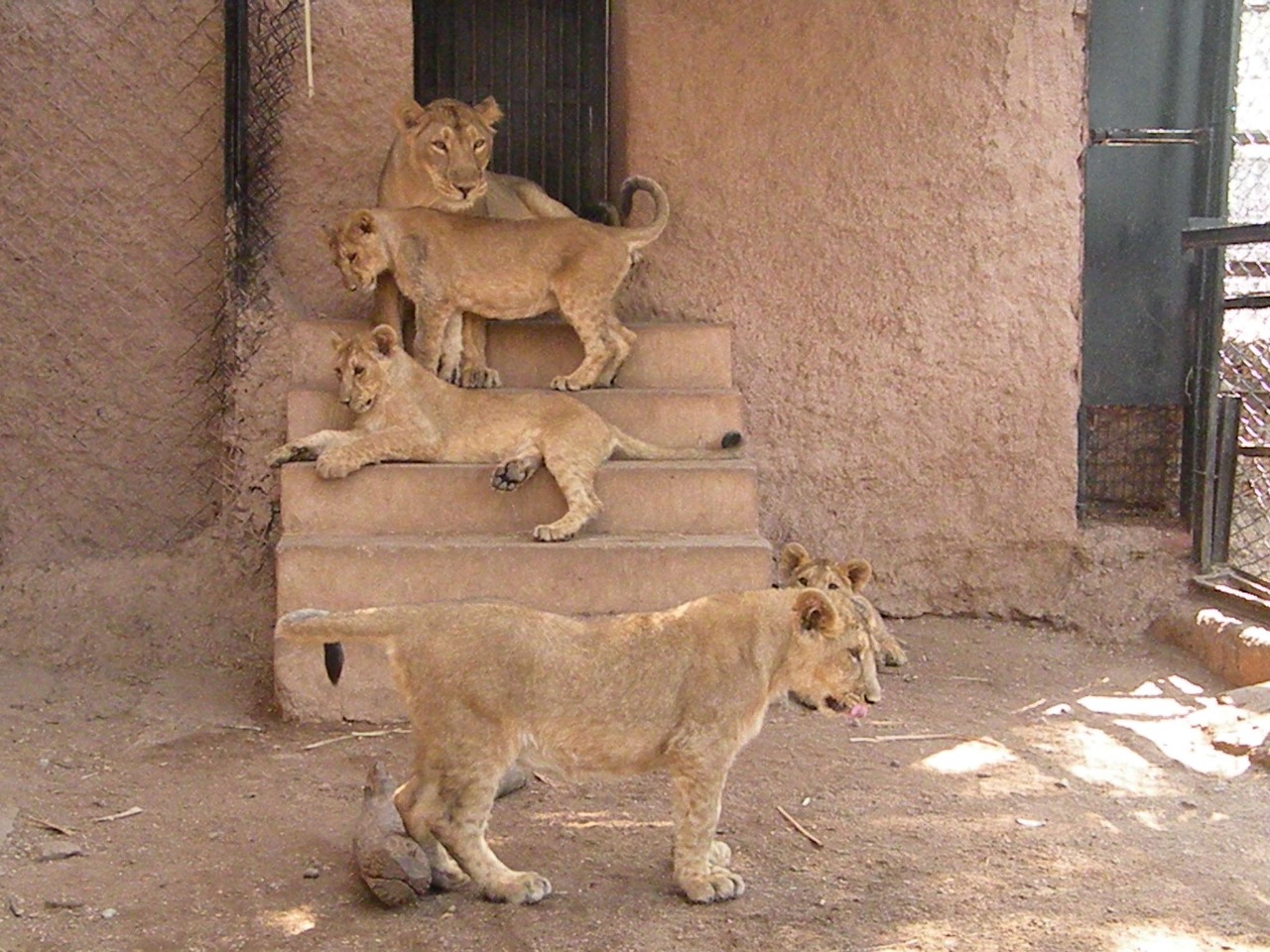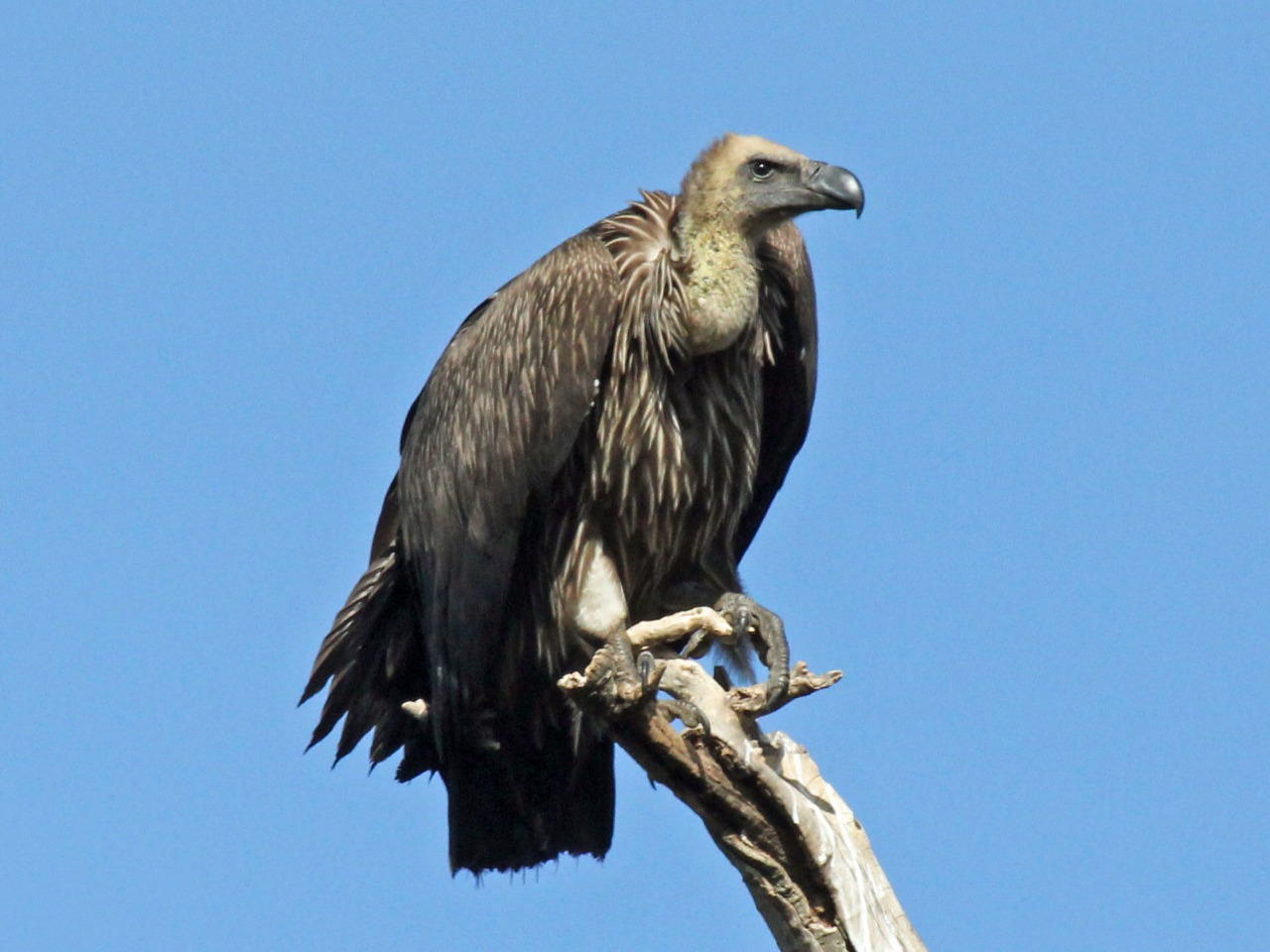CONSERVATION
|
|
The loss of an insignificant animal may seem like it doesn’t affect us, but it does indirectly. It will disrupt the routine of food cycles which depend on that animal and thus an important animal and ultimately the humans will suffer. Culturally, we have borrowed resources from the Earth – water, air, land, etc. Being the intellectually superior class of animals, we tend to overuse and exploit resources without realizing the impending consequences. The purpose of conservation is not just the preservation of biodiversity but also a more selfish one – food security. Wildlife conservation plays an important role in balancing the environment and in providing stability to different natural processes.
 
|
|
Nehru Zoological Park, Hyderabad has successfully taken up different conservation breeding programs. In the past, this Zoo has bred marsh crocodiles and released them into the wild. At present, Nehru Zoological Park, Hyderabad as directed by the Central Zoo Authority has taken the responsibility of breeding Mouse Deer and Vultures in ex-situ conditions.
|
|
Apart from these, this Zoo has successfully bred many endangered species: Asiatic Lion, Royal Bengal Tiger, Rhinoceros, Elephant, Nilgiri Langur, Lion-tailed Macaque, Black Buck, Spotted Deer, Sambar Deer, Nilgai, Pelican, Python, Green Iguna, Chemilion, Soft-shelled Turtle etc.,. Among the exotic animals, Jaguars, Baboons, Hippopotamus, and Pheasants are on the frontline.
|
| |
MOUSE DEER CONSERVATION
|
| Conservation Breeding of Mouse Deer (Moschiola indica) started on 03.03.2010 with a founder stock of 6 animals. Subsequently, two wild rescue Male Mouse Deer were added to the breeding population to maintain the heterozygosity. Records about parentage, health, animal behavior etc., are maintained to see that the breeding program continues for a longer period without any in-breeding related problems and introducing new bloodlines from other Zoos and wilds to maintain genetic diversity. |
| |
| Genetic Profiling of Mouse Deer was done by LaCONES and identified suitable animals for release. Mouse Deer have been identified based on the factors of Heterozygosity, age, and parentage for re-release into the natural forest. Food diversification from captive to wild, i.e., the feeding habits of these animals changed to suit the native conditions. |
| |
|
Mouse Deer breeding is a successful captivity at Nehru Zoological Park, Hyderabad. Regular monitoring studies were carried out at soft-releasing sites. By the end of March 2021, the population of Indian Spotted Chevrotain/Mouse Deer was (78:52:0) Total of 130.
|
|
|
VULTURE CONSERVATION BREEDING
|
| |
| Conservation Breeding Centre for White Backed Vulture (Gyps bengalensis) was started on 22.11.2010 in Nehru Zoological Park, Hyderabad with a founder stock of 5 birds (2 males and 3 females) existing in the Zoo. 6 (5:1:0) Vultures were brought from Sakkarbagh Zoo, Junagadh, Gujarat during the year 2014-15. |
 |
|
Diet is provided in the form of a whole carcass of goat weighing about 20 Kg twice a week.
We have planned to bring new breeding pairs (5:5:0) from CCF (T), Gadchirolli Forest Circle, Gadchirolli, Maharashtra. One Vulture was rescued by the Forest Department, Telangana on 18.05.2019. During the year 2020-21 one egg was laid and a chick was born. Hatching, Incubation, Birth of chick, feeding of chick by the parents, and Parental care behaviors were recorded. Unfortunately, after 85 days the chick died due to a congenital defect. By the end of March 2021, the population of White Backed Vulture was (4:8:0) Total 12.
|